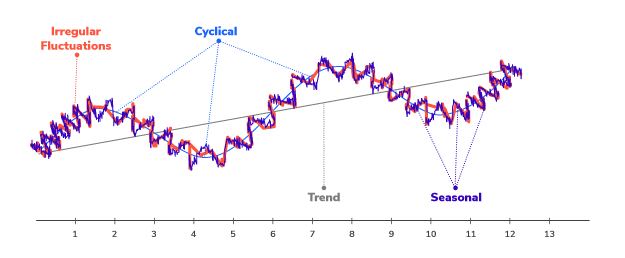
#Google trends data time series series
Maybe misspellings for this brand are also partly to blame for this. GoogleTrendsdatawouldproveprofitableandifsowhichtermsyieldbestresults 1.1 Google Trends Time Series Data GoogleTrends(GT)isa. There also is a pizza chain called "mod". Wait a min - is Google confusing Moz with Mozarella? If so, then this could be why there is such a huge spike for Moz. Google is showing pizza related keywords for Moz. To figure the reason for this issue, all you need to do is scroll down the page to view the related queries shown for "Moz" Now let's see why it looks like Moz has significantly more searches than Semrush & Ahrefs This helps us see the trends, and emphasizes spikes in searches compared to. This is why the chart shown is so misleading. Google trends data is presented as an index that is normalized from 0 to 100. We apply the method to nowcast US quarterly. However, since Google Trends emphasizes the trending nature of the chart, it looks like Ahrefs has caught up with Semrush in total search volume. We propose a flexible and interpretable nowcasting method for macroeconomic time series using high frequency data. Over the last 12 months Ahrefs has grown much more than Semrush, but it's total search volume is still lower than Semrush. Semrush went from 60,500/mo to 74,000/mo in last 12 months, a growth of 22%.Īhrefs went from 33,100/mo to 49,500/mo in the same time frame i.e. Time series analysis provides a ton of techniques to better understand a dataset. To understand this, let's look at search volume growth for semrush and ahrefs over the last one year. We can see that there is roughly a 20 spike each year, this is seasonality. If the chart was drawn based purely on search volumes, then the Ahrefs spike would've seemed much smaller and the relationship between the two (if any) could've been lost. Google Trends: Stitching 90 day periods of daily data together.

So, when it shows the graphs of Ahrefs and Semrush over the last 18 years, it finds that they both peaked in Sep 2022 (current month). Google Keyword Planner is the right tool for comparing actual search volumes.īasically, every graph that Google Trends draws is normalized to 0 and 100, where 100 is the peak in the timeframe we've requested.

Google Trends was built to see the trends of keywords and to compare between trending keywords. This helps us see the trends, and emphasizes spikes in searches compared to increase in volume of searches.Ģ. Google trends data is presented as an index that is normalized from 0 to 100. Keywords: Consumer Confidence, Google Trends, Nowcasting, Bayesian Structural Time. Here is an long article from 2016 by a Google data jounalist that explains how Google trends works.ġ.

To understand this we need to know how Google Trends works and what purpose it serves. We address this issue by proposing Google Trends Anchor Bank (G-TAB), an efficient solution for the calibration of Google Trends data.


 0 kommentar(er)
0 kommentar(er)
